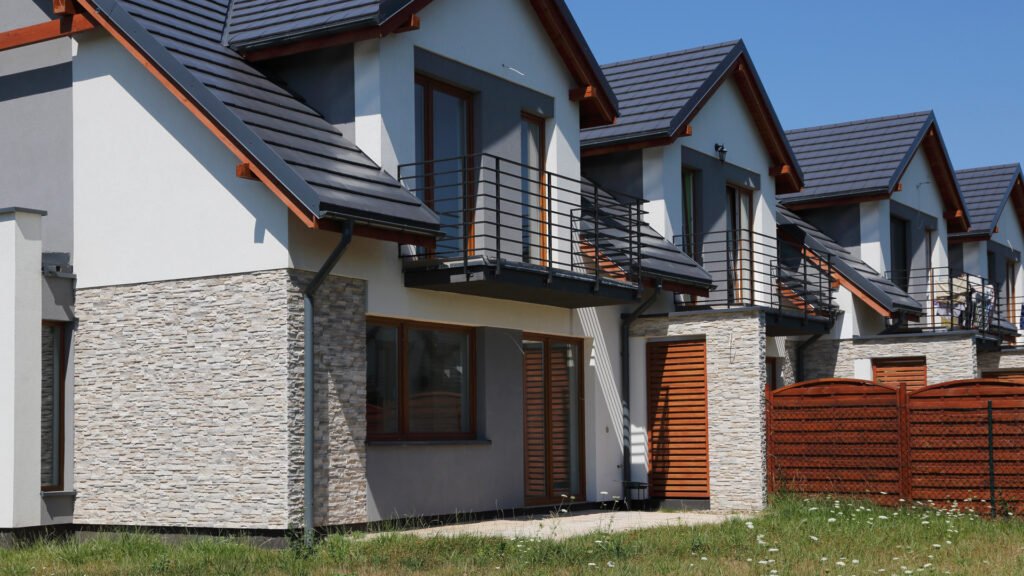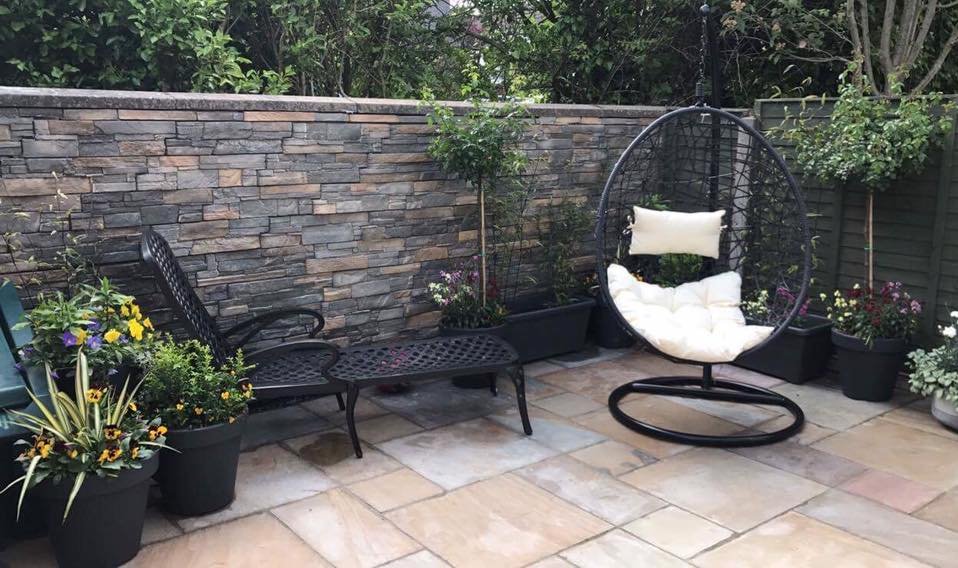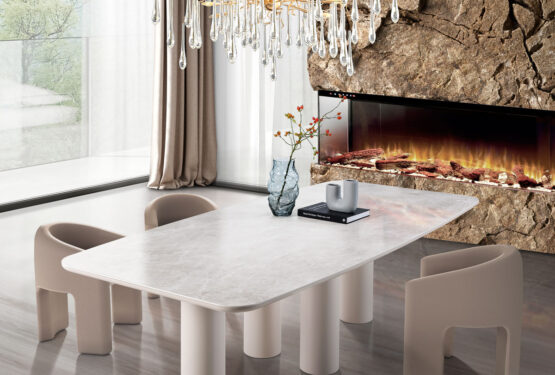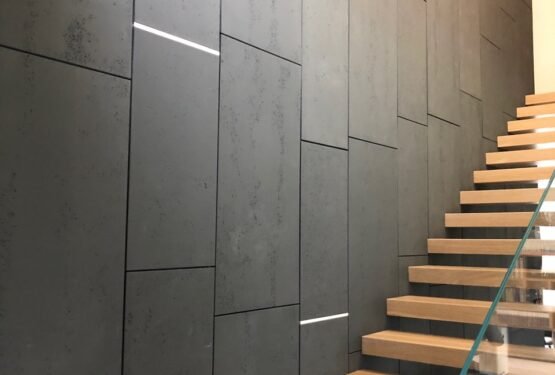Facade Solutions
Depending on which solution you decide on, you can create an effective, frost-resistant barrier against the effects of low temperatures on the structure of a building or fencing. Of course, there are many possibilities – stone, concrete cladding, render, wooden panelling. Each of these materials has the characteristics that make it suitable for the exterior of the house.
Classic, timeless and, above all, durable – these are the features that distinguish the facade stone from other materials available on the market. The possibilities of using various types of facade stone outside the house are very wide – you can use it to finish the entire building or use it only to mark certain parts of it, such as the facade, entrance to the house, terrace, recesses or windows surround. The cladding looks also interesting on building fences and garden walls.

Cladding benefits
Stone Cladding Facade made of concrete is perfect for finishing the facade, terrace, entrance of the house, and fence walls. His most important feature is high resistance to weather conditions. Stone cladding is resistant to frost, heavy rains, moisture and even fire. The facade stone is also resistant to heat – it does not discolour when exposed to the sun. Any dirt that arises on it can be removed with generally available cleaning agents or pressured water. It is non-flammable and will last for many years, and the first signs of old age will only add to its charm. An important feature of the cladding facade stone is resistant to mechanical damage – it cannot be scratched or chipped too easily. In short, we can consider it an ideal material.

Fitting process
Before we decide on a specific type of facade stone, it is worth finding a professional tiler to do the job and help with calculating required material including external. The rules for laying facade and artificial stone are like standard tiling, we can use the same adhesive as for external tiling. Just remember to use quality adhesives and appropriately prepare and seal the surface before fitting the cladding. Stone Cladding Facade is quite heavy, so is best to apply it directly to the concrete render or bricks. When you plan to fit a cladding on insulation, you should check wall bearing structure and maybe choose lightweight – thinner cladding, us our Nepal Range. Nepal is a light stone cladding, they can be attached directly to the thermal insulation material, but the insulation must be sealed with tile adhesive and reinforcing mesh. Concrete cladding can be additionally protected with stone sealer, just need to remember that adhesive should completely dry before sealing, which should take up to two weeks, depending on the weather conditions.





